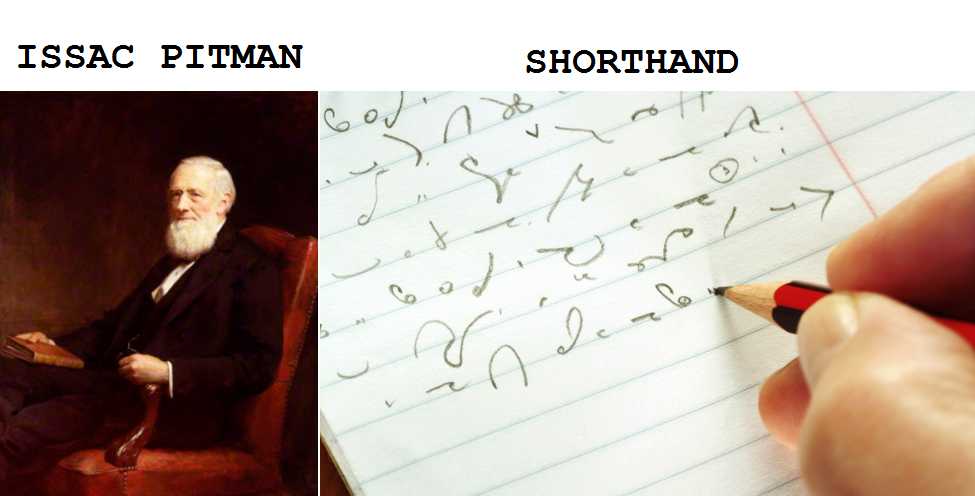276.WHO INVENTED SHORTHAND?
Can you write as fast as you can speak? Almost nobody can. But very often it is necessary to take down the words as someone speaks them in order to have a record. One way of doing this is writing in shorthand. Shorthand is the art of writing by means of signs that can be made quickly. These signs, which are not the same as words, can be read later by a person who knows the system. Today, the word shorthand is used to describe this method, but it has also been called stenography (which means little or narrow writing), and tachygraphy (which means swift writing), and brachygraphy (which means short writing).
You may think that the idea of shorthand is a modern invention, but it is actually about 2,000 years old! In ancient Roman times, men like Cicero and Seneca were making great speeches in the Roman senate. A man named Tiro, in 63 B.C., invented a system of shorthand for taking down these speeches.
His system was so good that it was taught in the Roman schools; it was learned by the emperors, and remained in use for hundreds of years. It was based on the use of initials, which made it a kind of abbreviation. In this system, a consonant could be written so it slanted in three different directions, and according to-this direction it indicated the vowel which followed it.
Modern shorthand was born in England at the time of Queen Elizabeth. A system was invented that allowed each sign to slant in four different directions and the base of each sign could be made in twelve different ways. In 1837 Isaac Pitman introduced his system of shorthand which was based on sounds, so that all words are written as they sound, not as they are spelled. There are twenty-six signs for the twenty-four consonant sounds, and dots and dashes are used for the vowels. In 1888 Gregg introduced an improved system of shorthand which is the one most widely used today.



Leave a Reply